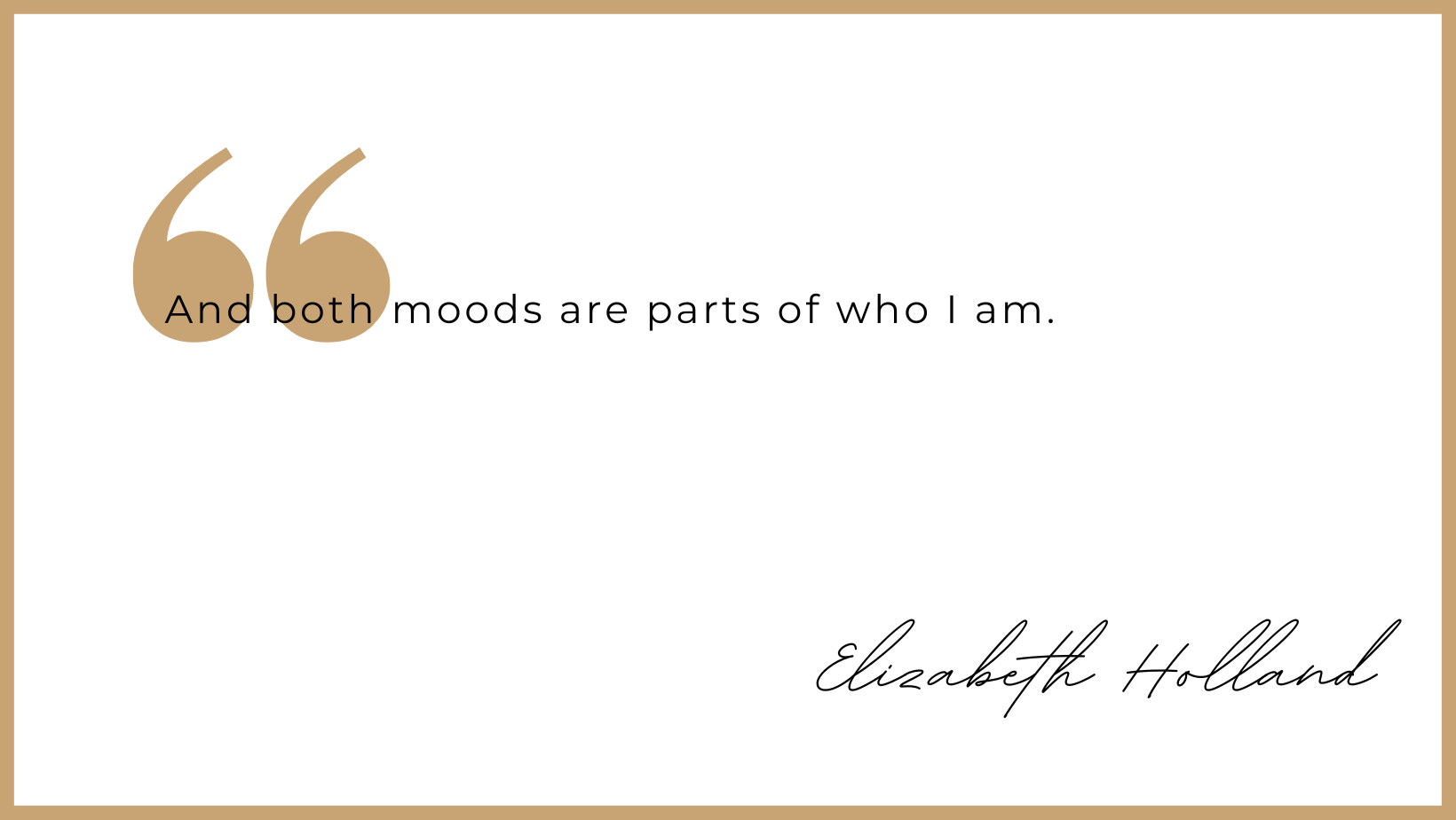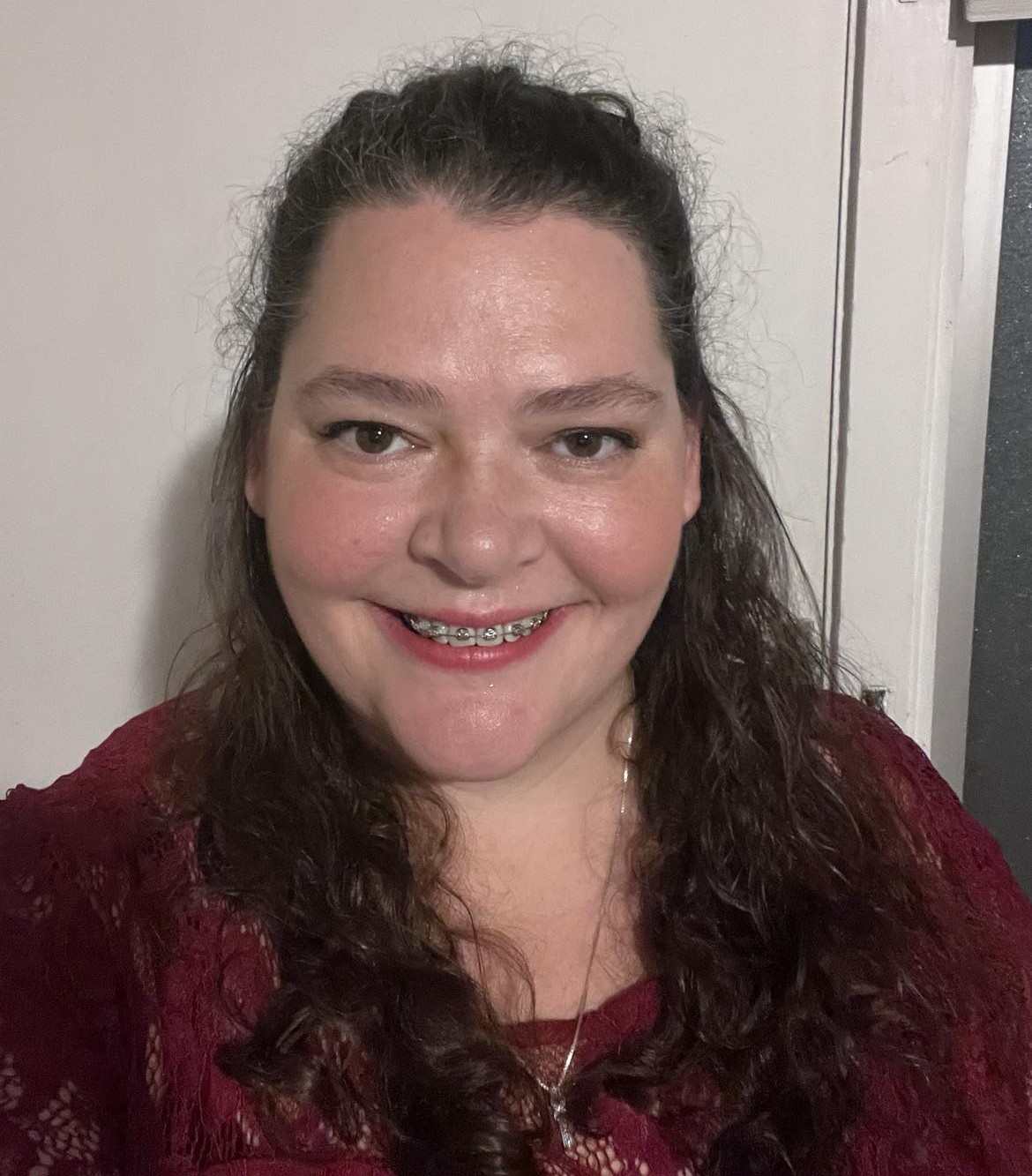Elizabeth Holland
Language is fascinating, frustrating, and hard. As a coda (Child of a Deaf Adult), I’m fluent in English, but A.S.L. (American Sign Language) is my first language. From guttural sounds to silent signs, the two grammars intertwine within my mind, swirling and tumbling over each other.
English has one form: subject-verb-object. A.S.L., on the other hand, has two flavors: topic-comment or object-subject-verb, depending on the mood.
Let’s not forget time. In English it wanders and can move in a variety of directions. In A.S.L., it’s anchored at the start.
As these grammars compete, translating and jumbling, it can be hard to get words out. I might say the wrong word or stumble verbally as my brain takes a moment to interpret what was just said.
Take this English sentence, for example:
The woman entered the chapel Saturday morning to sit in silence and pray, surrounded by the scents of candle oil, wood, books, and the incense from Friday’s service.
It seems simple enough, beautiful even, but the words give rise to a complex picture in my head. There are so many classifiers I could use to create the images in the space around me!

Saturday-morning, quiet, happen? Woman-there, church there, woman-walks-inside, pews-many +++, woman-walks-in, sits. Church quiet, empty. Scary? no. Comfortable how? Smile-sigh. Senses-fond-memories. See books, colors various, see candles-on-altar. Feel wooden pew. Smell wood, candle oil, incense. Incense why? Friday worship, incense use, smell-linger. Deep sigh. Smile.
All of that is represented in signs, personification, and classifiers—visual representations on hands. Words, pictures, sounds, and silence, all clamor inside my head, each one trying to get out. I have to think quickly and trust my instincts as I forge an expression in the moment.
Finding out how to show up and be myself in seminary, my first step away from a Deaf world in years, has not always been easy. Everyday Deaf quirks slip out into this Hearing world. Nodding as backchanneling—affirming that I am paying attention—gets me called on in class: If I nodded, I must have something to say. But the words “I was just listening” don’t come out. What to do, quick, just say something!
Even so, when I do something that is not a Hearing norm, I am often accepted, told I belong. I have noticed my community shifting and staying itself, staying strong. This helps me know that even if I stumble, but I belong here.
I might be abrasive, or loud, or brash. I might be quiet, or contemplative, not rash. And both moods are parts of who I am. They take turns being at the front—the outgoing pictures-in-head person, the silent words-in-head person, and the one in translation, the one who is both silent and an outgoing coda. There are many parts of me swirling and dancing, belonging to myself and to the world.



